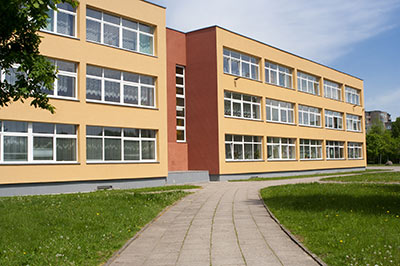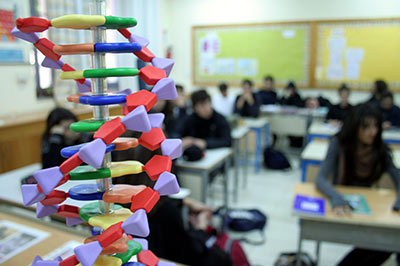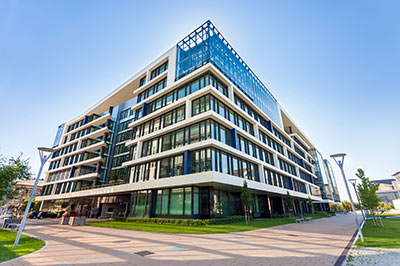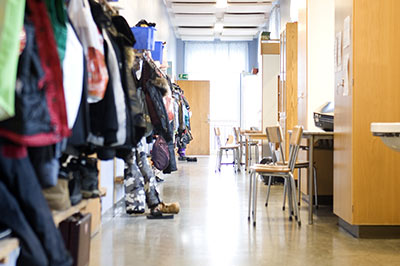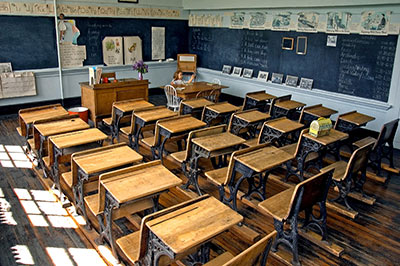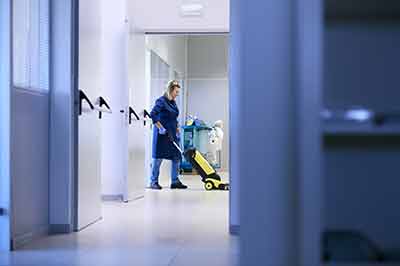By Angel Ford, Ed.D.
A key component of motivation, especially intrinsic motivation, is autonomy (Deci & Ryan, 1985). Autonomy can be defined as “the ability to think, feel, and make decisions by oneself” (Nunez & Leon, 2015, p. 277). Evidence shows that autonomy supportive environments that take into account a person’s perspective, allow for choices and exploration, encourage self initiation, and provide rationale for activities are more motivating (Deci, 2012). Autonomy supportive environments encourage “inner motivational resources” (Nunez & Leon, 2015, p. 277) and creativity (Deci, 2012).
I propose that the physical conditions of classrooms either enhance or restrict the sense teachers have about the autonomy support they receive and the autonomy support they can provide their students. The condition, design, and layout of classrooms affect teachers’ presentation of materials through allowing for or limiting choices of pedagogy, curriculum design, and usable learning techniques. Teachers with limited ability to choose how to present material because of physical restrictions within the learning spaces may feel a lack of autonomy support. It is important that teachers feel support for autonomy because when they do “their students learn in a deeper, more conceptual way. The students enjoy learning more and they feel more confident and competent about themselves” (Deci, 2012).
Classroom conditions also enhance or limit teachers’ abilities to provide autonomy support to their students. If teachers don’t have the physical spaces necessary to make choices about how they will teach subjects, they will be unable to pass along choices to their students for engaged self-directed learning. If we want to promote autonomy and internal motivation among both teachers and students, it may be critical to provide the spaces and resources necessary to allow for more movement and options for different teaching and learning styles.
A teacher may desire to present a unit on geography by using group work and/or project-based learning. In an ideal situation, the teacher would be able to give students choices about how to research and prepare presentations, i.e. options to use the library, Internet, or resources gleaned from home to create posters, video presentations, or displays of other forms. This teacher may be unable to offer these options to the students due to a temporarily closed library (because it is being used as a classroom) or the fact that the school’s technology infrastructure does not facilitate video or digital presentations. This limits the teacher’s choices and the choices offered to the students. This could be compared to telling a mechanic to fix a car, but not giving her a garage to work in or the tools to complete the repair.
In this hypothetical example, the physical condition of the school discouraged autonomy support. If these conditions are temporary or only happen infrequently, the valuable lesson of flexibility can be enhanced for both teachers and students as they work around an obstacle. Unfortunately, that is not the case in many schools around our nation. In many schools, teachers’ choices are limited each and every day and thus the choices offered to the students are also limited, creating atmospheres that are not as autonomy supportive and motivating as they could be for students. Deci (2012) suggests that it is more important to create conditions where people can motivate themselves than it is to ask how to motivate them. He then goes on to say an environment with such conditions is autonomy supportive.
I’m not suggesting that the magic ingredient to make all teachers autonomy supportive is to drop them into the perfectly designed classroom, but I am stating that the physical environment in which they teach has an impact on the level of support they feel for their own autonomy and the level they are able to employ for their students. The restrictions on teachers’ autonomy in instructional design may be a damaging consequence of poor school conditions or design. It is not only frustrating, but also a direct deterrent on how teachers can create an environment of autonomy support for learning.
References:
Deci, E. (2012, August, 13). Promoting Motivation, Health and Excellence: Ed Deci at TEDxFlourCity. Retrieved from https://www.youtube.com/watch?v=VGrcets0E6I
Deci, E. & Ryan, R. (1985). Intrinsic motivation and self-determination in human behavior. New York: Pantheon.
Núñez, J. L., & León, J. (2015). Autonomy Support in the Classroom. European Psychologist.
Rogat, T. K., Witham, S. A., & Chinn, C. A. (2014). Teachers’ autonomy relevant practices within an inquiry-based science curricular context: Extending the range of academically significant autonomy supportive practices. Teachers College Record, 116(7).
Roth, G., & Weinstock, M. (2013). Teachers’ epistemological beliefs as an antecedent of autonomy-supportive teaching. Motivation and Emotion, 37(3), 402-412.
Dr. Angel Ford is a research associate with Education Facilities Clearinghouse (EFC). Dr. Ford has previous experience working as a middle/high school administrator and actively participates in research and content management of the EFC website.

